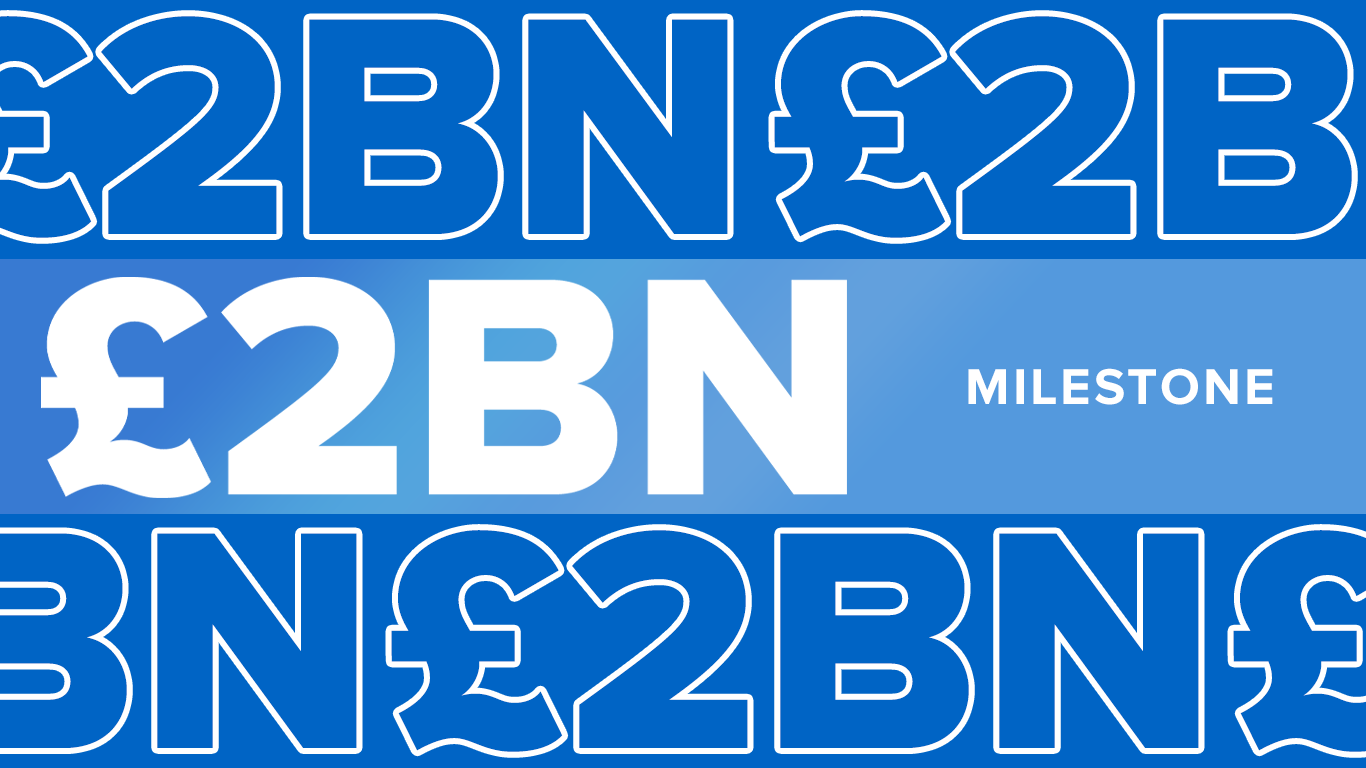There can’t be many equity investors who haven’t dreamed of picking the next Google or Amazon. If you buy into a stock like that before it takes off, and hold on to it for a long time, the profits you can make are astronomical. But, in practice, how hard is it to do that?
If you read investment magazines or follow certain influencers on social media, the impression you’re given is that it’s perfectly realistic. There’s always someone telling us how much money they made on, say, BAE Systems, the FTSE 100 stock whose price, at the time of writing, has risen by more than 200% over the last five years.
The fact, however, that others have made a fortune on a particular stock in the past can blind you to the harsh reality that the odds of repeating their success yourself are heavily stacked against you.
Markets are highly efficient
So why is that? Well, the main reason is that stock markets are very efficient. All available information is already reflected in market prices. Prices move up and down in response to new information, which is, by definition, unknowable. That’s unless, of course, you’re an inside trader, in which case you’re risking a heavy fine and a prison sentence. Without inside information, no one can predict with any certainty the direction of a stock.
Yes, you could argue that markets are not perfectly efficient and that there are examples of stocks that are either overpriced or underpriced. That may well be true, but it’s not the point. Because prices reflect all known information, identifying mispriced securities in advance is impossible to do on anything like a consistent basis.
The best companies aren’t cheap
A common misconception about stock selection is that it’s all about identifying the best companies and simply holding on to them. It’s true that investing for the long term is the way to go. Most traders do far too much trading. The more they trade, the greater the costs they incur, the more mistakes they make, and the lower their returns will generally be. Unfortunately, though, successful investing is not as straightforward as buying and holding shares in the best companies.
Why is that? Well, stock markets are competitive. There are two sides to every trade. If you want to buy shares in a business that’s already successful, you’re relying on there being a willing seller who thinks, just like you do, that they’re getting a good deal. Good companies, as you would expect, are priced more highly than less successful ones, and the higher the price you pay, the lower your expected return will be.
Another reason why buying and holding the most successful companies is a bad idea is that there is no guarantee that they’re going to sustain that level of success in future. Past performance, as every investor should know, is no guide to future performance. In fact, it’s very common for a company to achieve many years of growth and then, for whatever reason, struggle to maintain it.
Far more losers than winners
“OK,” you might be thinking, “what if I forget investing in the best companies and focus instead on buying unloved stocks whose current prices don’t reflect their true value?” There is certainly some logic to that approach. Over the long term, financial academics have found, that value stocks have outperformed so-called growth stocks, or stocks that are already well-established.
There is, however, a major drawback to this strategy. Simply put, a stock market index includes many more future losers than future winners. A 2017 study by Hendrik Bessembinder showed that market returns were driven by only around 4% of stocks. (1) The remaining 96% of stocks didn’t even outperform U.S. Government bonds, which are about the safest securities you can buy.
J.P. Morgan produced another study that shows how widespread underperformance is. (2) The researchers analysed the returns of 13,000 stocks that were included in the Russell 3000 index between 1980 and 2014. They found that 40% of them suffered a decline of 70% or more from their peak value, without a significant recovery. Of those stocks that suffered severe declines, 67% underperformed the index over the period, and 40% had negative returns. What’s more, the study found, that these huge declines in value happened all the time — not just in recessions or market downturns.
Luck and skill are hard to distinguish
If any more proof were needed that trying to buy and sell the right stocks at the right time is a bad idea, you only have to look at the track record of professional money managers.
Active fund managers have a huge advantage over ordinary investors. They have large research teams at their disposal and easy access to the very latest information. They also visit companies in person and grill their board members to help them gauge just how good (or otherwise) those companies’ prospects are. Yet, despite those advantages, the vast majority of active managers fail to outperform the market on a long-term and properly cost- and risk-adjusted basis.
You also need to remember that even when an active manager does outperform, it may just be down to luck rather than skill. To help illustrate this point, the Wall Street Journal conducted an experiment. (3) When some of America’s most prominent fund managers presented their top tips at an investment conference in New York City in May 2023, they came up with 12 stocks to look out for.
The WSJ’s investment columnists wanted to compare those recommendations with stocks chosen entirely at random. So they pinned pages of stock-market listings pinned to the office wall and threw darts at them. Some of the stocks the darts landed on they hadn’t even heard of.
12 months on, the columnists calculated the performance of these random stocks and compared them to the returns produced by the fund managers’ top 12 tips. Who won? The columnists — and by a whopping 48 percentage points.
Why look for needles in a haystack?
“The biggest takeaway,” writes columnist Spencer Jakab, “is that, while there were a few other winners, a single stock, insurer Root Inc., was responsible for all our net gains.”
That is perfectly consistent with Bessembinder’s finding that the vast bulk of market returns are produced by a very small proportion of companies.
“Most stocks underperform risk-free investments,” says Jakab, “which is why diversified portfolios not designed to shoot the lights out are more prudent.”
What’s more, he goes on, you can ensure that your portfolio includes the big winners of the future by eschewing active investing altogether and opting for a passive strategy instead. “A vanilla index fund that costs very little contains those needles in a haystack,” he writes.
Why spend effort, time and money looking for needles when you can easily and cheaply buy the haystack?
This article is produced by us for Financial Advisers who may choose to share it with their clients. Timeline Planning and Timeline Portfolios do not offer direct-to-consumer products.
Robin Powell is a journalist, author and editor of The Evidence-Based Investor.



.png)